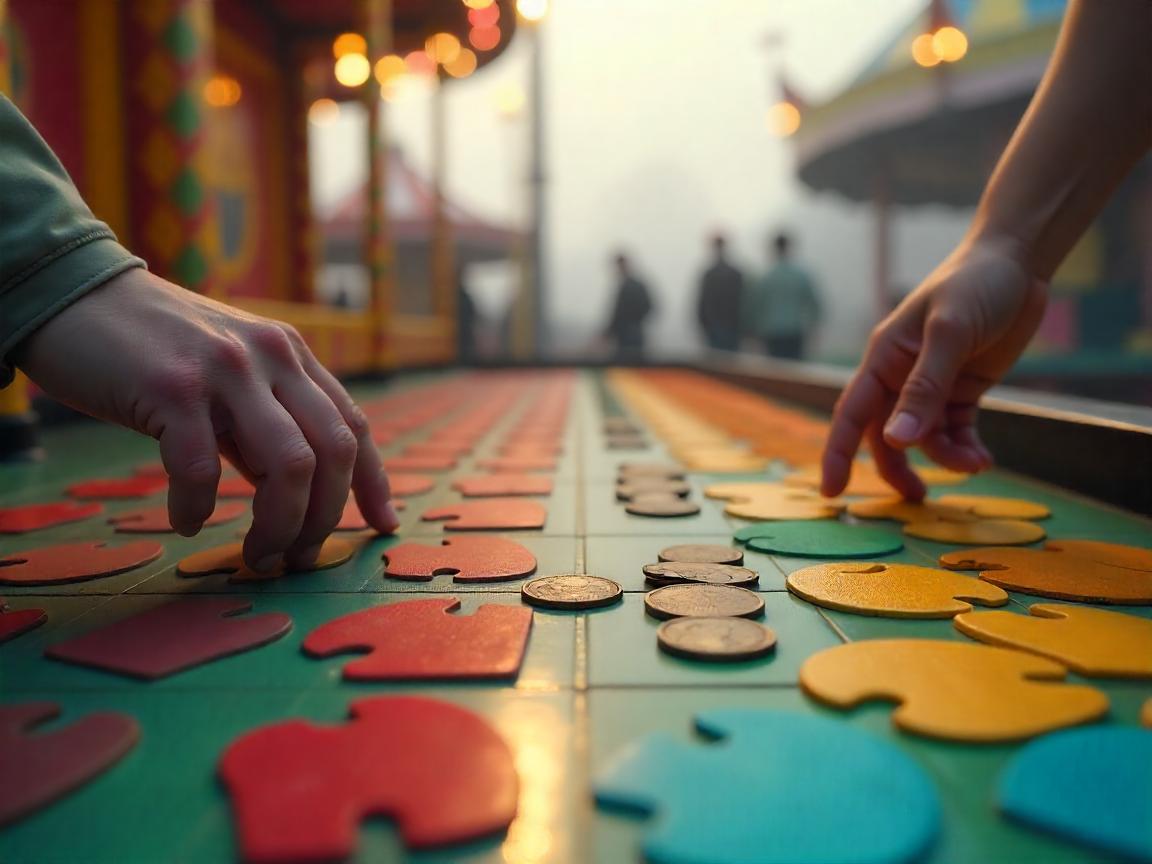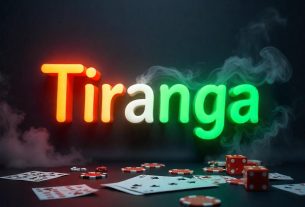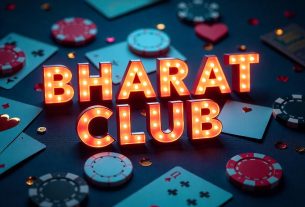Colour Game — Everything a Student Needs to Know
Did you ever think about how the Colour Game incorporates luck and probability? For example, some colors look like they’re more likely to appear than others. And that’s why there is probability!
In simpler terms, probability is the same as “chance” and how likely something is to happen. Today, I’ll explain how you’ll see “effectively placed” mathematical functions probability work in Colour Game. There’s no math involved, only interesting tidbits and straightforward explanations.
Description of the Colour Game
Let us now tackle probability. Look at the Colour Game. This game is simple, but the mechanics are more involved. Players wager and wait to see which of their chosen colors will be spin selected. Depending on the place and people who play it, the colors can extra include red, blue, yellow, green among others.
Focusing on what game requires – predicting outcomes, in one either arithmetic approach, probability assists determine the chances of skimmers appearing.
Understanding Probability in Very Basic Words
There’s always a chance of something occurring. For example, a worded bullet point probability is a set value for guessing chances.
In one go of a coin flip, heads tail’s chances are symmetrically equal for coming for 50 percent.
On a dice, there is a set 6 in 1 chance for every appearing number.In the Colour Game, probability functions the same way it does in real life. If there are 4 colors with each one of them being an option, then each color has a chance of 25% to be selected.
Probability Affects Colour Game
Now, let’s delve deeper into how this relates to the Colour Game.
- Equal Probability (Fair Game)
When the game is super fair, each color has an equal opportunity to show up. For example:
- 4 colors = 25% on each
- 5 colors = 20% on each
So in the long run, no color is “luckier” than the rest.
- Weighted Probability (Something Weighted On Some Colors)
Sometimes, due to the rules set by the game, some colors show up much more than others. For example:
- If red is supposed to show up 30% of the time while other colors get 23.3%, red will show up more often.
- This phenomenon is referred to as weighted probability and alters where players should place bets.
- Previous Outcomes vs. Future Probability
Here is a common guesswork games myth:
- Just because red came up 5 times in a row, that does not indicate a green “due” next.
- Every round is independent and before the add ons, previously achieved results do not alter the odds (if the game is not rigged).
- So, the relevant “red” option is suggested to emerge once in every four chances (which is 25%), then that value remains 25% every time it crops up, regardless of how many times it shows.
Increase Your Winning at The Colour Game Using Probability
Even though most games of the Colour type rely on chance, employing probability has the potential of making better choices.
- Know The Rules
- Are the probabilities for each color uniform?
- Do some colors have a better chance than others?
These factors certainly have a clear impact on how you need to strategize your spending.
- Forget Common Mistakes
Avoid making this a goal:
- “”Blue should be coming up next. It’s statistically impossible for him to go 10 rounds without being included.”
- All things being equal, every round resets the odds, unchanged.
- Enjoy the Game Instead of Solely Focusing on Winning
Since the results are random, the best strategy becomes to enjoy the game instead of dulling yourself with predictions.
Real-Life Examples of Probability in Games
You will not find probability only in the Colour Game, it’s almost everywhere!
- In roulette (the casino game), the ball has a given chance of landing on either red or black.
- Raffle tickets are always a cheap option, but they also guarantee losing jackpots. Lotteries are a great example. No matter how much you pour into them, the chance of victory remains astronomically impossible.
- Probability can also be found in board games like Monopoly where moves and positions on the board are determined by dice rolls.
Learning fundamental concepts makes games even more thrilling.
Probability Adds Fun to The Colour Game!
The Colour Game involves a mixture of luck and excitement. While trying to predict the future might not help you win, understanding the concepts of probability will certainly allow you to grasp the idea of chaos more deeply.
During your next game, remember:
✅ Every color has a distinctive probability value.
✅ Previous outcomes will not impact future chances of winning (if the game is fair).
✅ The most effective strategy is to enjoy yourself.
With this knowledge of probability, you should be able to play the Colour Game with a better understanding, and perhaps, dazzle your peers with your mathematical knowledge.
Do you want to try the Colour Game?
Anyone looking to gauge their luck can find a fair playing Colour Game and rightfully evaluate the role of probability in a real-life scenario. Enjoy gaming!
What did you think of this breakdown? Pass it on to those who enjoy gaming or betting on possibilities. Comment below to tell us how probability impacted your experience with the Colour Game.

Read more: https://visualpress.best/



